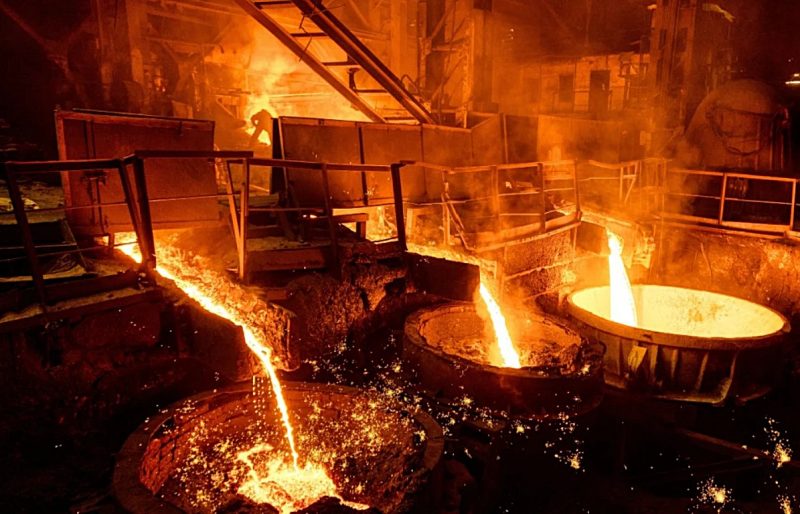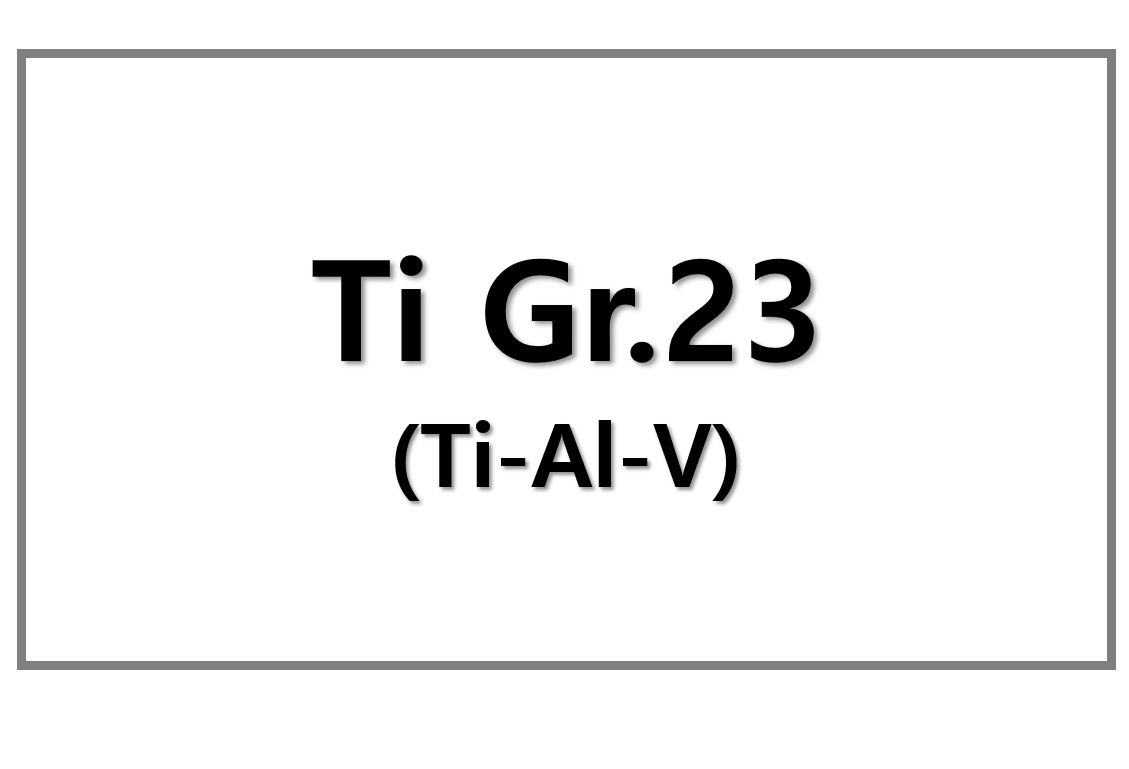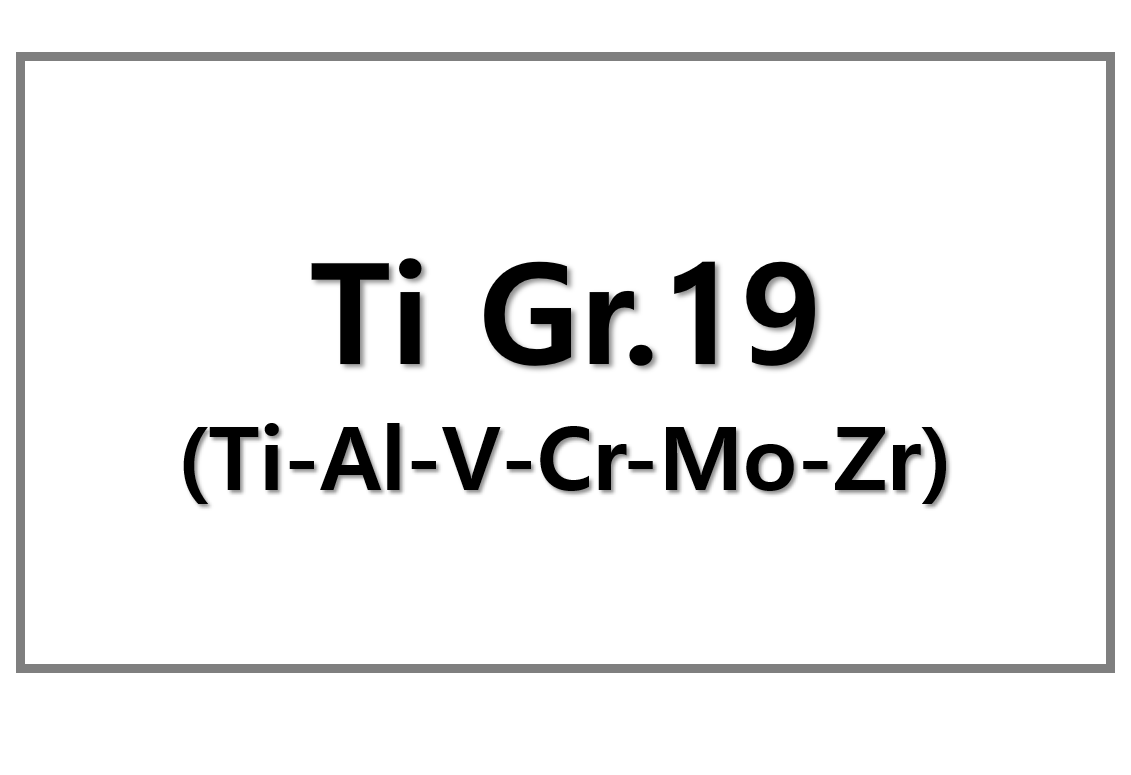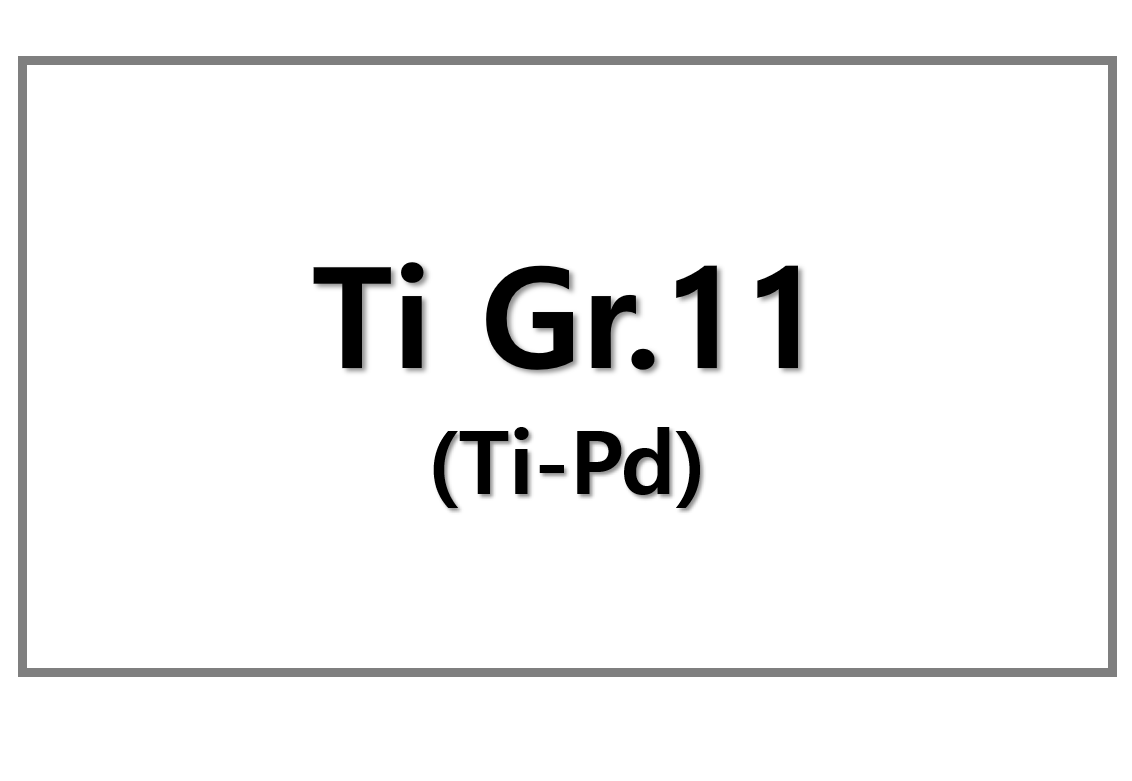
Growing Steel Capacity Surplus: A Crisis for the Global Steel Industry
The global steel industry is undergoing its worst crisis since the 2009 financial crash. The OECD Steel Committee, which met in Paris in November 2024, reports that the industry’s capacity surplus is growing at the fastest pace in 15 years. By 2025, the surplus could exceed 680 million tons. This alarming trend is driven mainly by increased production in Asia, particularly in India and ASEAN countries, along with the Middle East.
The OECD’s report forecasts that global steel production capacity will reach 2.55 billion tons by 2025. By 2028, it may set a new record of 2.66 billion tons. This rapid capacity increase raises concerns about oversupply, collapsing prices, and displacement of producers in market economies.
Surge in Chinese Steel Exports Fuels Overcapacity
China’s surge in steel exports is a major driver of global overcapacity. In the first half of 2025, Chinese steel exports grew 10% year-over-year, following a record 118 million tons in 2024. Despite efforts to reduce excess capacity, China’s state-owned producers are expanding instead of scaling back. New investments in plants in ASEAN and Africa contribute to oversupply and drive prices down, hurting market-based producers.
State-driven policies in China, the MENA region, and Southeast Asia also distort competition. Subsidies, tax exemptions, and preferential energy supplies for state-owned enterprises create an uneven playing field. These practices reduce private investment in the steel sector and exacerbate the global overcapacity crisis.
Overcapacity Hinders Decarbonization Efforts
The steel industry’s overcapacity poses a significant barrier to decarbonization. About 19% of planned emissions-reduction projects for 2027 have been delayed due to financial strain caused by overcapacity. This setback prevents the industry from adopting cleaner production methods and slows the introduction of energy-efficient technologies.
The OECD has voiced strong support for the Global Forum on Steel Excess Capacity (GFSEC). The forum is working on a framework agreement to tackle the overcapacity issue by June 2026. The goal is to enhance trade measures and promote fair competition in global steel markets.
SuperMetalPrice Commentary: Addressing Steel Overcapacity in a Global Market
The global steel industry faces critical challenges as overcapacity continues to rise, fueled by Chinese exports and state-backed growth strategies. This growing surplus threatens the profitability of producers and hampers environmental progress in the sector. As the OECD pushes for a framework to address these issues, the steel industry must balance competitive production with sustainability. Investing in decarbonization technologies will be essential for long-term industry viability.











Leave a Reply
You must be logged in to post a comment.